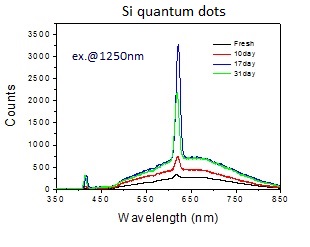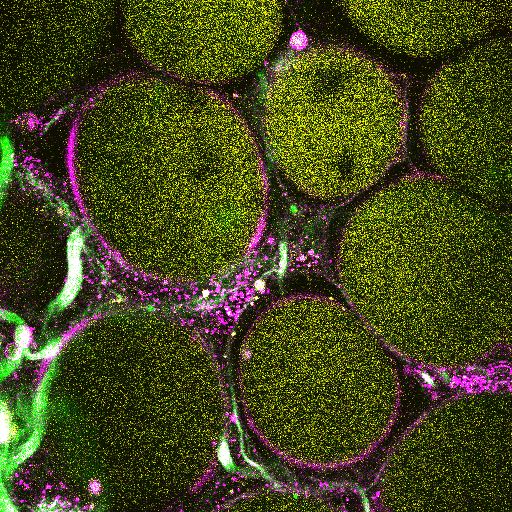We use ultrafast lasers and in vivo microscopes to explore nanomaterial systems about their functional use in the context of nanomedicines
When metallic or semiconductive materials go downs to nanometer scales, surface plasmon resonance or quantum confined effect can result in enhanced local electric fields, thus the efficiency of nonlinear optical processes. When the size further goes downs to cluster scales (hundreds of atoms), metallic materials may become semiconductive and can give fluorescence after excitation. We used ultrafast femtosecond lasers to study the nonlinear optical spectroscopy of low-dimensional nanomaterials. Using the nonlinear optical contrasts, we can in vivo image their microscopic pharmacokinetics for the study of nanomedicines. Material systems we have investigated include: Silver nanoparticles, liposome encapsulated quantum dots, microbubbles encapsulated gold nanorods, Si quantum dots, gold nanorod-in-shell, insulin-gold nanodot, iron oxides, and iron-platinum alloy. We would like to explore more nanomaterial systems about their functional use in the context of nanomedicines.



